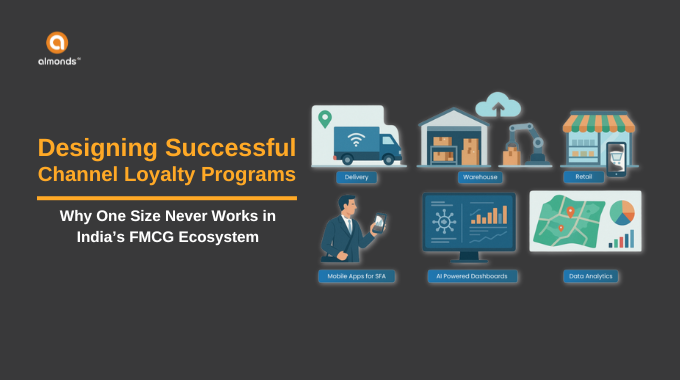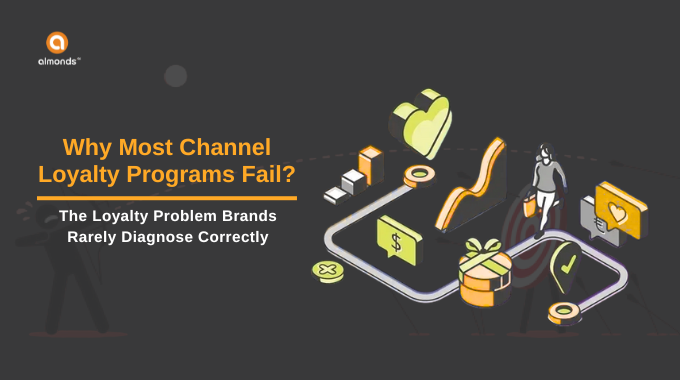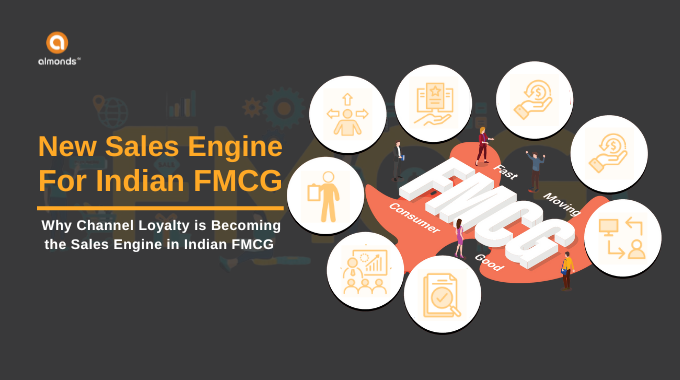In today’s fast-evolving corporate ecosystem, B2B digital gift cards have taken center stage as a versatile tool for employee engagement, corporate gifting, and client rewards. As businesses continue to explore flexible solutions to incentivize their workforce and strengthen relationships with stakeholders, gift cards, particularly digital gift cards, are emerging as a core strategy in loyalty programs.
In India, the growing digital infrastructure and e-commerce penetration have fueled the demand for digital gift cards, presenting new opportunities for businesses to innovate and expand their reach.
- Market Size (2024): USD 315.8 Billion
- Projected Market Value (2031): USD 629.7 Billion
- CAGR (2024-2031): 10.4%
The Surge in Digital Gift Cards: A New Era for Corporate Rewards
With the rise of smartphone adoption and cashless transactions, the demand for digital gift cards is at an all-time high. These gift cards offer the convenience of being purchased, delivered, and redeemed online, making them an attractive option for businesses looking to enhance their employee reward programs or engage clients seamlessly. Digital gift cards are not only easier to manage but also offer a level of personalization that traditional rewards fail to achieve.
By 2024, 95% of businesses worldwide will integrate digital gift cards into their corporate gifting strategy, showcasing their relevance in the modern corporate environment.
Customization is Key: Personalized Digital Gift Cards for Enhanced Engagement
One of the rising trends in the B2B gift card space is the customization of gift cards to align with specific occasions or corporate branding. Businesses are leveraging this flexibility to provide a more personalized gifting experience, allowing recipients to choose the products or services that suit them best. For instance, companies can now design customizable gift cards with their branding or tailor them for specific festivals or events, fostering stronger emotional connections with employees and clients.
Companies such as Amazon India and Flipkart offer custom-branded gift cards that organizations can use for employee incentives, client gifts, or promotional giveaways.
Growth Drivers: Why the Digital Gift Cards Market is Booming
Several factors are driving the rapid growth of the B2B gift card market, with digital adoption being the primary accelerator.
1. Adoption of Gift Cards as Corporate Incentives
Gift cards are an efficient and customizable option for businesses to reward employees, especially in India’s diverse market where preferences vary greatly. By offering gift cards, companies can empower recipients to select their rewards, ensuring higher satisfaction.
2. The Rise of E-Commerce and Digital Payments
India’s growing e-commerce market, expected to reach USD 200 billion by 2026, coupled with the rise of UPI payments and other cashless options, has propelled the use of digital gift cards. The integration of digital gift cards with e-commerce platforms has enabled businesses to scale their rewards programs, offering more flexibility and accessibility to recipients.
The Indian digital payments market saw a growth of 30% in 2022, further driving the demand for digital solutions like gift cards.
3. Corporate Gifting Expansion
The corporate gifting market in India is projected to reach INR 120 billion by 2025, with gift cards playing a major role in this growth. As businesses shift towards personalized gifting solutions, gift cards offer a scalable and cost-effective way to engage clients and employees alike.
Technological Advancements and Future Market Opportunities
With advancements in artificial intelligence (AI) and data analytics, businesses can now use gift cards as a part of their loyalty management platforms. By integrating gift cards into their customer retention strategies, companies can analyze data on recipient preferences and tailor future rewards for better engagement.
1. Integration with Loyalty Programs
One of the most promising trends is the integration of gift cards with customer loyalty programs. Businesses are finding that combining gift cards with loyalty programs can drive customer retention by offering a seamless redemption process and personalized rewards.
Brands like Tata CliQ and Reliance Digital have successfully integrated gift cards into their loyalty programs, enhancing the shopping experience for customers while incentivizing repeat purchases.
2. Expansion in E-commerce and Online Marketplaces
As India’s e-commerce platforms continue to grow, there is ample opportunity for gift card providers to expand their reach. Collaborations with digital marketplaces, such as Myntra and Swiggy, allow businesses to tap into a broader audience and boost brand engagement.
Challenges Hindering Digital Gift Cards Market Growth
Despite the immense potential, the B2B gift card market faces several challenges:
1. Lack of Awareness and Marketing
Many businesses, especially in tier-2 and tier-3 cities, are yet to fully recognize the value of integrating gift cards into their corporate engagement strategies. Companies that fail to market their B2B gift card programs effectively may miss out on this growing opportunity.
2. Intense Market Competition
The gift card industry in India is highly competitive, with brands such as Amazon, Flipkart, and HDFC Bank vying for market share. To stay relevant, businesses must innovate and continually update their gift card offers to meet evolving market demands.
The Future is Bright for B2B Digital Gift Cards
The global B2B digital gift cards market is on a rapid growth trajectory, driven by the increasing adoption of digital platforms, corporate gifting expansion, and technological advancements. As businesses in India continue to seek innovative ways to engage employees and clients, digital gift cards are becoming an indispensable tool in their loyalty management strategies. The integration of gift cards into loyalty programs and e-commerce platforms presents an exciting future for gift card providers.
The global B2B gift card market is expected to grow at a 10.4% CAGR from 2024 to 2031, with India playing a significant role in this expansion due to its booming digital infrastructure.
For businesses looking to stay ahead, now is the time to invest in personalized, scalable gift card solutions that align with modern corporate engagement strategies.






